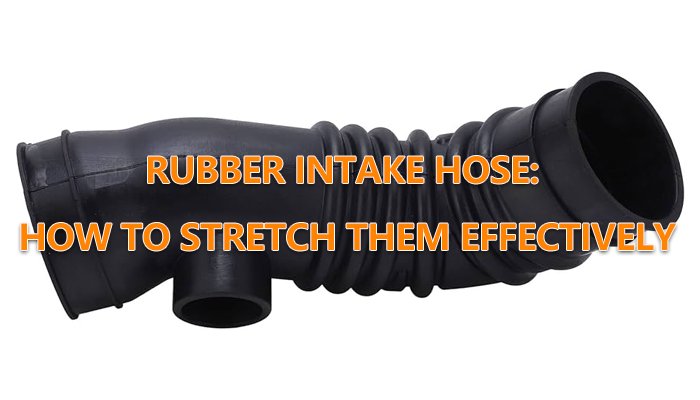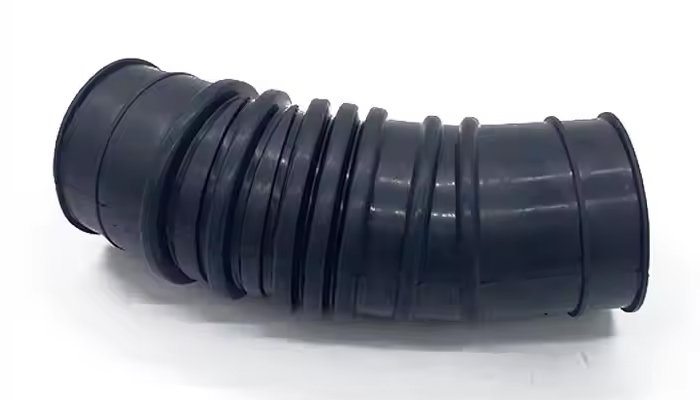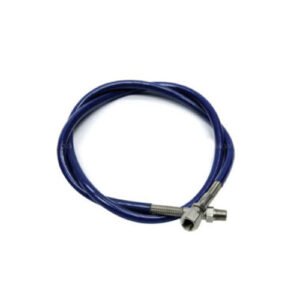Rubber intake hoses are an essential component of many engines, providing a flexible and durable connection. We will explore the steps involved in stretching a rubber intake hose to restore its original shape and ensure optimal engine performance.
Rubber intake hoses are an essential component in many industrial and commercial applications. They are used to transfer fluids, gases, and solids from one place to another, and their durability and flexibility make them a popular choice for a wide range of applications.
However, rubber intake hoses can become stretched or damaged over time, which can lead to reduced performance and potentially dangerous situations. In this article, we will discuss how to stretch rubber intake hoses effectively and prevent damage.
Stretching Rubber Intake Hoses
Rubber intake hoses can be stretched or damaged in several ways, including:
- Overloading: Excessive force or pressure applied to the hose can cause it to stretch or break.
- Poor installation: Improper installation of the hose can lead to stretching or damage.
- Age: Rubber intake hoses can degrade over time, leading to stretching or weakening.
To stretch rubber intake hoses effectively, it is important to follow proper installation and usage guidelines. This includes:
- Ensuring the hose is properly installed and secured to prevent movement or stretching.
- Use the appropriate amount of force or pressure when handling the hose.
- Monitoring the hose for signs of damage or stretching, and replacing it if necessary.
Preventing Damage to Rubber Intake Hoses
To prevent damage to rubber intake hoses, it is important to follow proper installation and usage guidelines. This includes:
- Ensuring the hose is properly installed and secured to prevent movement or stretching.
- Use the appropriate amount of force or pressure when handling the hose.
- Monitoring the hose for signs of damage or stretching, and replacing it if necessary.
Additionally, regular maintenance and inspection of the hose can help to identify potential problems early on and prevent damage. This includes:
- Check the hose for signs of wear or damage, such as cracks or fraying.
- Inspect the hose for any signs of leaks or damage to the joints.
- Replacing the hose if necessary to prevent damage or stretching.
Conclusion
Rubber intake hoses are an essential component in many industrial and commercial applications. However, they can become stretched or damaged over time, which can lead to reduced performance and potentially dangerous situations.
To stretch rubber intake hoses effectively and prevent damage, it is important to follow proper installation and usage guidelines and to regularly maintain and inspect the hose. By taking these precautions, you can ensure the longevity and effectiveness of your rubber intake hoses.




